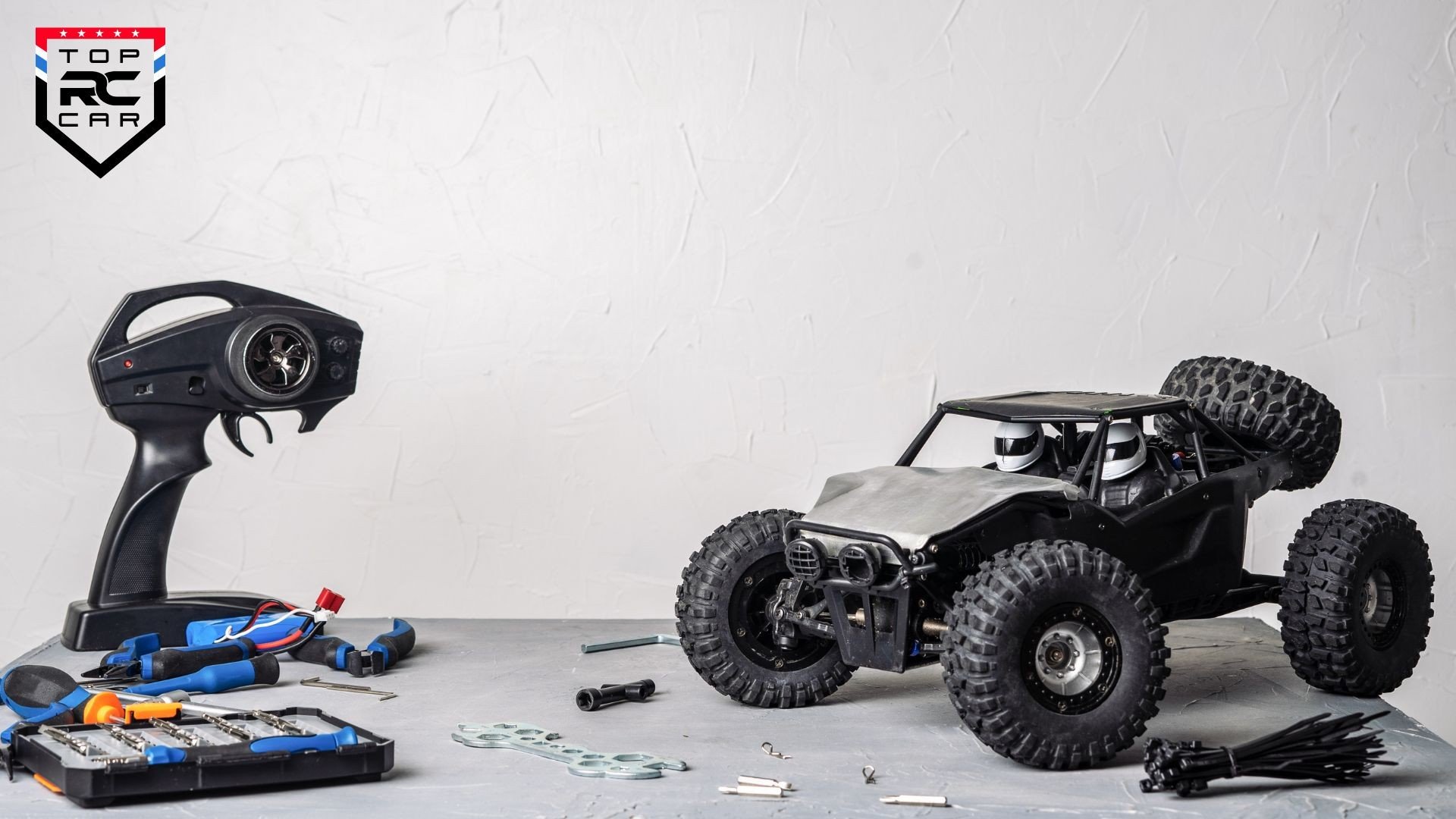Once you have your car, familiarize yourself with its controls and features. Spend some time practicing in an open space, away from obstacles. This will help you gain confidence and understand how your car responds to your inputs. It's essential to learn how to accelerate, brake, and steer smoothly. As you practice, try to master various handling techniques, such as drifting or cornering at high speeds, to really get the most out of your RC racing experience.
Additionally, consider joining a local RC racing club or online community. These groups can be valuable resources for beginners, offering advice, tips, and opportunities to compete with others. Attending races can also provide insight into the RC racing culture, where you’ll learn about different kinds of vehicles and gather ideas to customize your own car for improved performance.
Lastly, don’t forget to invest in some essential accessories. A good quality battery and charger are vital for keeping your car running smoothly. Safety gear, such as goggles and gloves, can also enhance your racing experience. As you delve into the world of RC racing, remember to have fun and embrace the learning process—every expert was once a beginner!
Choosing Your First RC Car
Next, consider the type of RC car that suits your level of expertise. For beginners, ready-to-run (RTR) models are an excellent option. These come pre-assembled and ready to drive right out of the box, making it easy for newcomers to jump straight into the action. If you’re feeling adventurous, you can also explore kit models that require assembly. While kits take more time and effort, they provide valuable hands-on experience.
Another important aspect to think about is the power source. RC cars can be powered by electric batteries or nitro fuel. Electric RC cars are generally easier to maintain, quieter, and more suitable for beginners. They also come in a wider range of styles and price points. Nitro cars, while offering a more authentic racing experience, can be more complex for new users due to their maintenance needs. Choose the power source that aligns best with your comfort level.
Lastly, don’t forget to set a budget! RC cars can vary greatly in price, so it’s essential to decide what you’re willing to spend. Keep in mind that additional costs such as batteries, chargers, and maintenance supplies can add up quickly. By considering your driving environment, skill level, power source, and budget, you'll find the perfect RC car to ignite your passion for RC racing.
Basics of RC Racing Techniques
RC racing is an exhilarating hobby that attracts enthusiasts of all ages. Whether you're just starting out or looking to sharpen your skills, understanding the basics of racing techniques will give you a strong foundation. From controlling your speed to mastering turns, these techniques can help improve your performance on the track.
One of the most crucial techniques in RC racing is throttle control. This involves carefully managing how much power you apply to the car's motor. Too much throttle can lead to loss of traction and spinning out, especially in tight corners. It's essential to learn how to accelerate smoothly and know when to ease off the gas. Practicing this skill will make a significant difference in your racing times.
Another key aspect of RC racing is learning how to navigate turns effectively. You want to approach corners at the right angle and maintain a consistent speed. The concept of “apex” refers to the innermost point of the corner. Hitting this point allows you to drive through the turn faster and set yourself up for acceleration on the straightaway. Practice different lines and find what works best for your car and the specific track layout.
Lastly, understanding the importance of weight distribution is vital in RC racing. The way your car sits can drastically affect its handling. In general, you want your car to be both balanced and responsive. Pay attention to where the weight is placed—whether in the chassis or battery packs—and make adjustments as needed. A well-tuned car can give you that extra edge you need to beat the competition.
Essential Maintenance for RC Cars
When you invest in an RC car, maintaining it is as crucial as choosing the right model. Regular maintenance helps ensure that your car runs smoothly and lasts longer. One of the first things you should do is keep your car clean. Dirt and debris can accumulate on your car, affecting its performance. After each race or play session, take a few minutes to wipe down the body and wheels. Use a soft brush or cloth to remove any dirt, and make sure to clean the chassis to prevent build-up.
Next, check and maintain the battery regularly. Batteries are the lifeline of your RC car, and taking care of them can significantly extend their lifespan. Make sure to charge the battery according to the manufacturer's guidelines and store it properly when not in use. Look out for any signs of swelling or damage, and replace any worn-out batteries to avoid performance issues.
Tires also need attention to ensure good traction and handling. Inspect the tires for any wear and tear. If you notice uneven wear, it might be a sign that your car is out of alignment. Rotate your tires regularly to promote even wear. Additionally, consider using tire glue to secure the tread if they start to come loose.
Finally, don't forget about the mechanical components of your RC car. Regularly check the gears, bearings, and motor for any signs of wear or damage. Lubricate moving parts to reduce friction and enhance performance. Pay attention to any unusual sounds while driving, as they could indicate that something is off. Staying on top of these maintenance tasks will help keep your RC car race-ready for every thrill.
